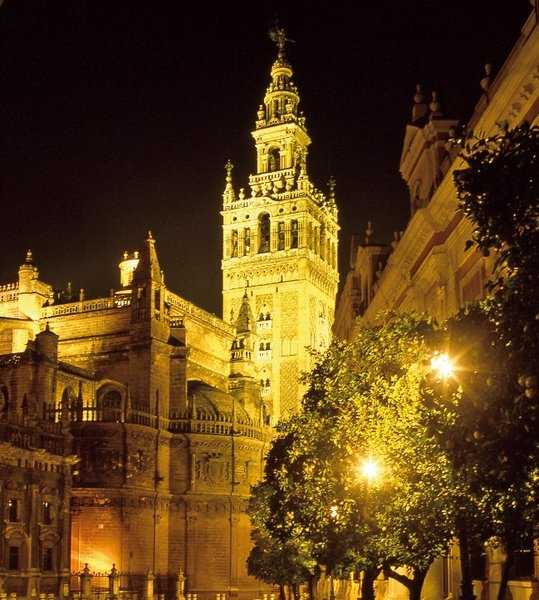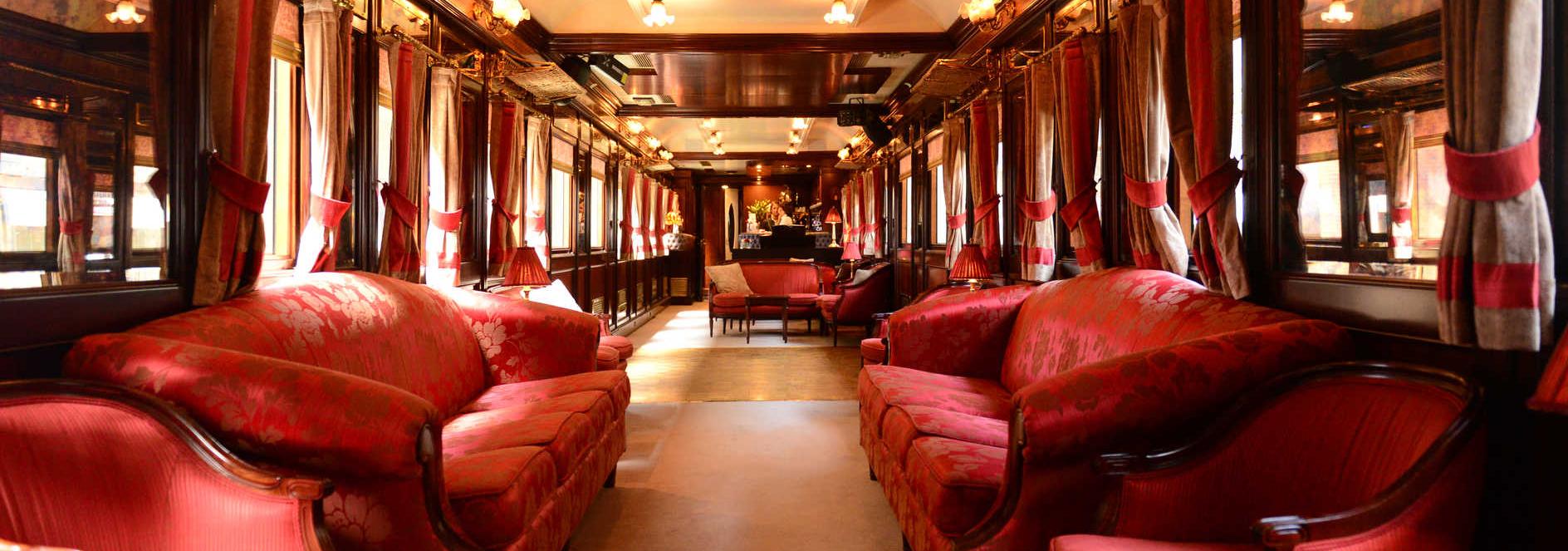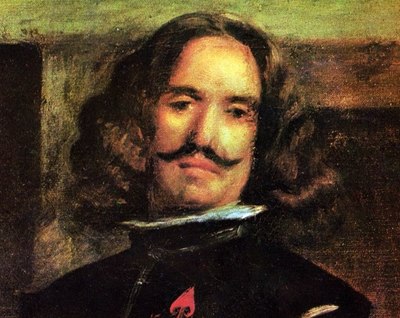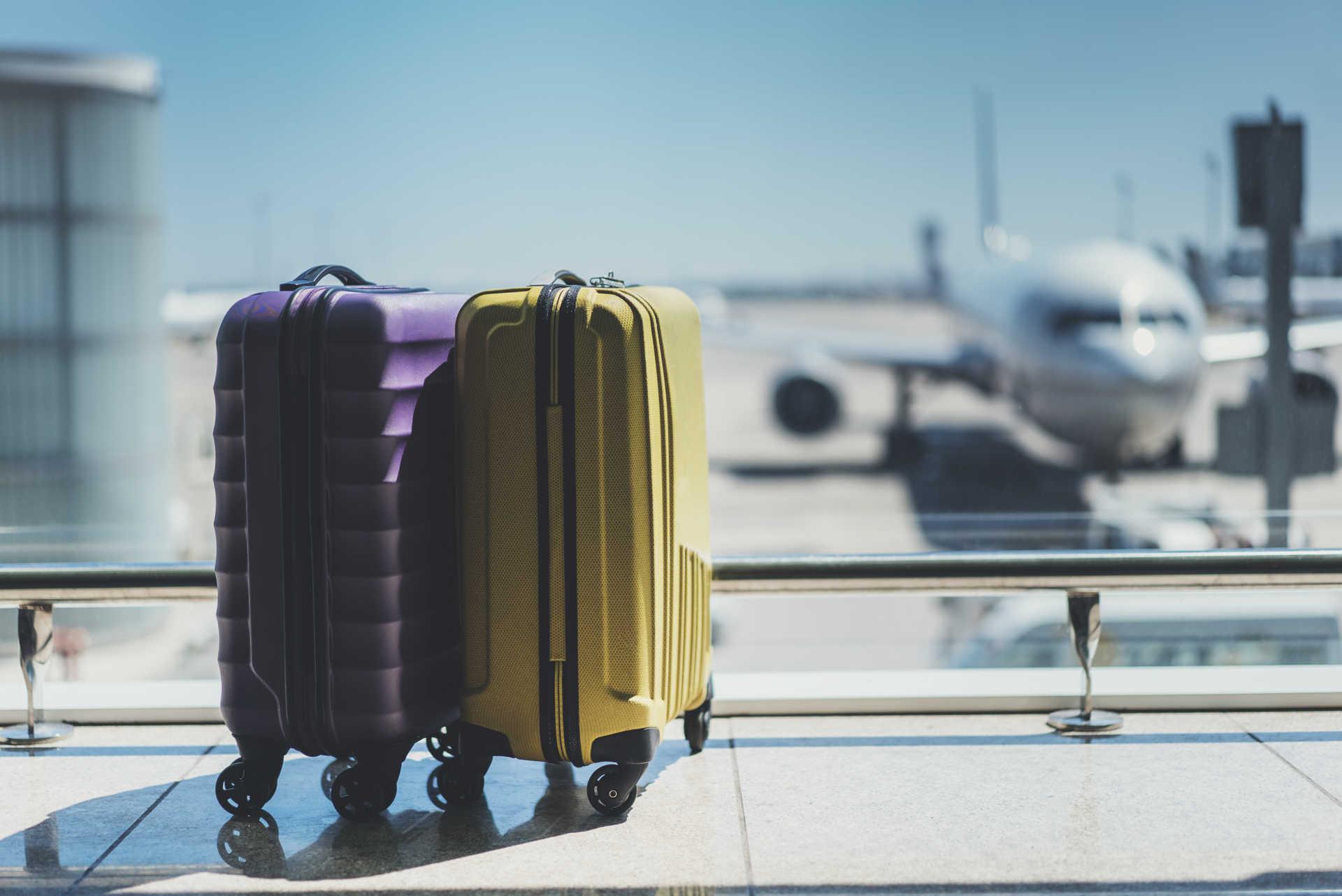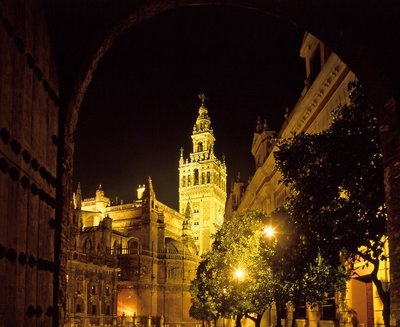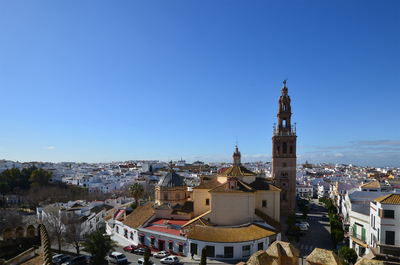Diego Velázquez of Seville
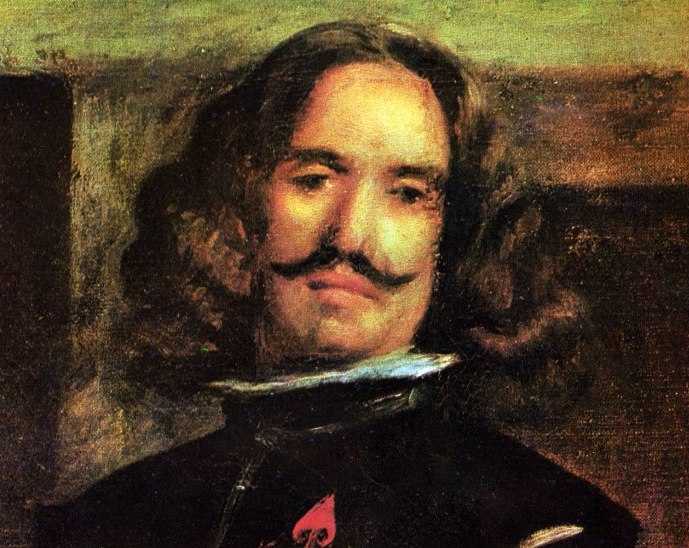
Diego Velázquez, known as El Sevillano (the man from Seville), is an essential part of the city of his birth, Seville places connected to his life is a way of experiencing the hidden, silent Seville, where art in all its styles overwhelms the passerby.
Diego Velázquez (Seville, 1599–Madrid, 1660) the best painter produced by Andalusia
The Character
When Velázquez was born, Seville was the most important city in Spain. He studied and practised the art of painting in his native city until he was twenty-four years old, when he moved with his family to Madrid and joined the king's service from then until his death in 1660. Most of his works were for royal collections and were later passed on to the Prado, where they are conserved. Most of the pictures painted in Seville, however, ended up in foreign collections, especially from the 19th century onwards.
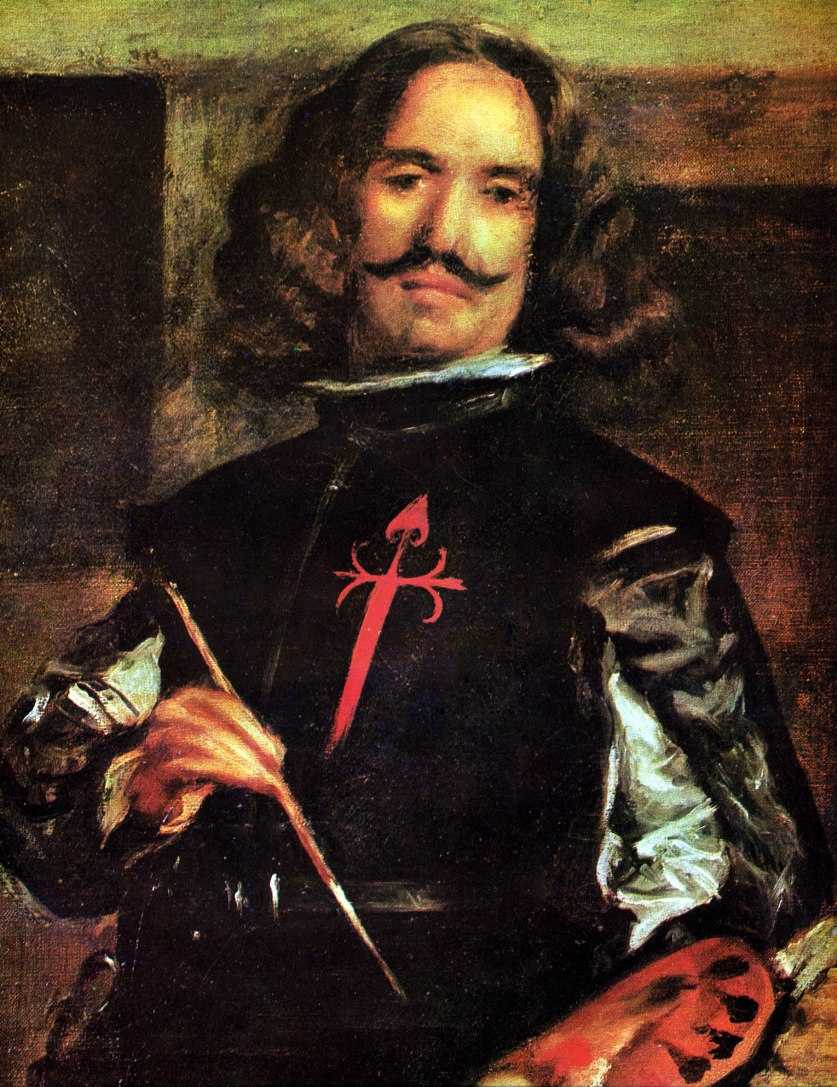
Amongst convents and churches
He spent his childhood and took his first steps as a painter in the historic quarter of Seville, surrounded by old mosques, new churches, convents, plazas and little squares where he took likings of characters for his first sketches and paintings in the workshop belonging to Francisco Pacheco, his mentor and father-in-law. The artist searched for images of everyday life for his paintings, which allow us to reconstruct daily life in Seville during the first half of the 17thcentury, such as Three Men at a Table (1618), Three Musicians (1619) or Old Woman Frying Eggs (1618).

The popular neighbourhood overlooking the Plaza de San Marcos became his haunt and there were already noisy bars and taverns along the Calle Alfafa that, centuries later, still have to be visited to gratify our bodies and indulge ourselves. The young Velázquez was also sure to do so. But you want to feed your spirit, the Palacio de las Dueñas, belonging to the House of Alba, has been the essential spot for art and culture in Seville for centuries. The life of young Diego took place amongst churches and convents and he, possibly, would see royalty pass by in pompous carriages along the Calle Real —now Calle San Luis—towards the Palace and the the Cathedral, stopping at the arch in the Macarena to see the Palacio de las Cinco Llagas not far off–now the seat of the Andalusian Parliament.
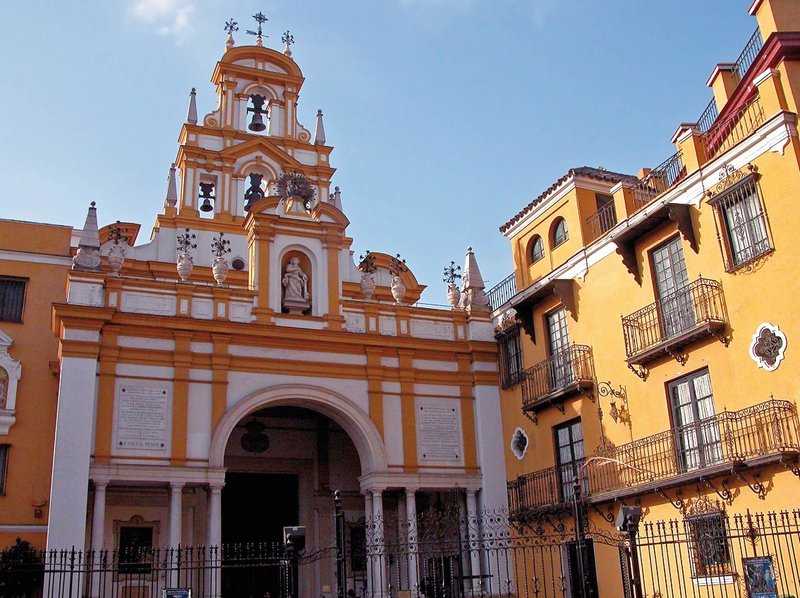
When he was only young, Diego Velázquez knew and experienced the provincial life of the Alameda de Hércules, with popular characters who would be brought into his paintings. Seville was the most important city in Spain, with 150,000 inhabitants and the pulse of Europe could be felt here; it was a hive of artists and rascals, of adventurers and opportunists, all in the shade of the galleons full of gold and silver that reached the port on the Guadalquivir coming from the Indies. Four new paintings mark his life before he leaves for the court of Felipe IV, Portrait of a Gentleman, The Triumph of Bacchus, Two Young Men Eating at a Humble Table and The Waterseller of Seville.

Stop and rest
Along the Calle Sierpes and Calle Tetuán, the wanderer comes to the heart of the history of Seville and, along Calle Velázquez, he comes across La Campana, a place for lovers of conversation, a relaxed drink and a small "tapa" to get your strength back after strolling around the places also known to the young Velázquez, such as the Calle Trajano, where he learned to hold a palette in Pacheco's workshop.
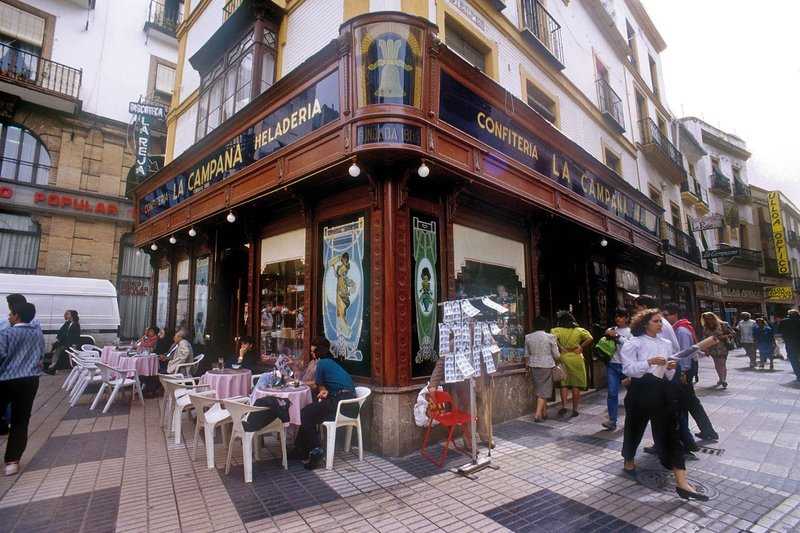
There are settings that marked the life of Velázquez, such as the Plaza de San Francisco, the oldest square in the city, the Plaza del Salvador, a lively and gossipy meeting place, along to San Isidoro, and down to the Alfafa to savour, leisurely, all the history of Seville packed into churches, convents and palaces, such as Pilate's House, a must-see for artists and intellectuals. And you need to stay a while in those places that will always be in any memories of Velázquez, such as the San Esteban Church, where paintings by his great friend Zurbarán are kept. Or explore the Jewish Quarter through the Santa Cruz district along to the Royal Palace in Seville, where Velázquez bore witness work being directed by the Italian Vermondo Resta.
History tells us that Diego Velázquez spent whole days admiring the works in the Cathedral as it was —and is— a huge, valuable and extraordinary museum on account of the works stored there. And from his love affair —around what was then the Puerto de Indias— with the Torre del Oro, there is now a walk along the Guadalquivir, with the Real Maestranza bullring, the old dockyards, right next to the Maestranza Theatre and two lavish neighbourhoods that keep the spirit of Seville, the Arenal of the wharfs and Triana.
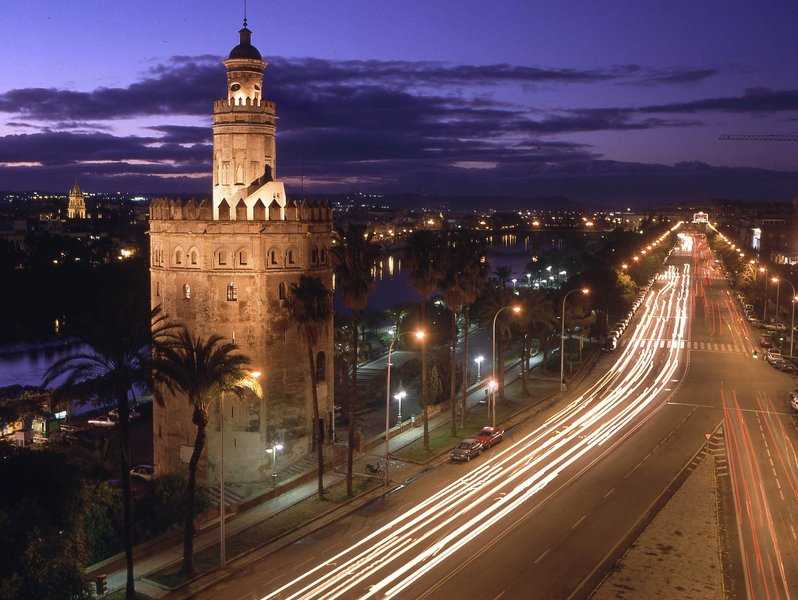
Velázquez's Places
Walk 1: (Childhood)
Plaza San Pedro - Santa Catalina - San Marcos - Santa Isabel - Santa Paula - San Luis - Macarena neighbourhood - Feria district.
Walk 2: (First sketches)
Sierpes - Tetuán - Velázquez - La Campana - Plaza del Duque - Trajano - Alameda de Hércules - San Lorenzo - Museum of Fine Arts (Velázquez, Murillo, Zurbarán).
Walk 3: (Learning)
Plaza San Francisco - Plaza del Salvador - San Isidoro - Alfalfa - Pilate's House - Jewish Quarter - Royal Palace- Cathedral- Church of Sagrario- Torre del Oro and Dockyards - Arenal and the piers - Triana.

Tapas: Culinary art
Old Woman Frying Eggs looks so real that it makes you feel like eating them, or drinking from the waterseller, with the large illuminated pitcher. And for lovers of drinking, the work Two Young Men Eating at a Humble Table encourages you to come closer to Bacchus' mischievous face. Some of the works by young Velázquez show the strong, solid cookery of the 17thcentury. These are different times and, although there are many hearty dishes in Seville cookery, new forms take precedence, with food at street level, tapas that have become a culinary art, getting more and more appetising, with the Santa Cruz district and Triana a must for those who like the bar in classic taverns, with centuries of history. You have to visit famous spots to party like Plaza de El Salvador and everything that surrounds Alfafa and streets around the Maestranza bullring, in the El Arenal.

